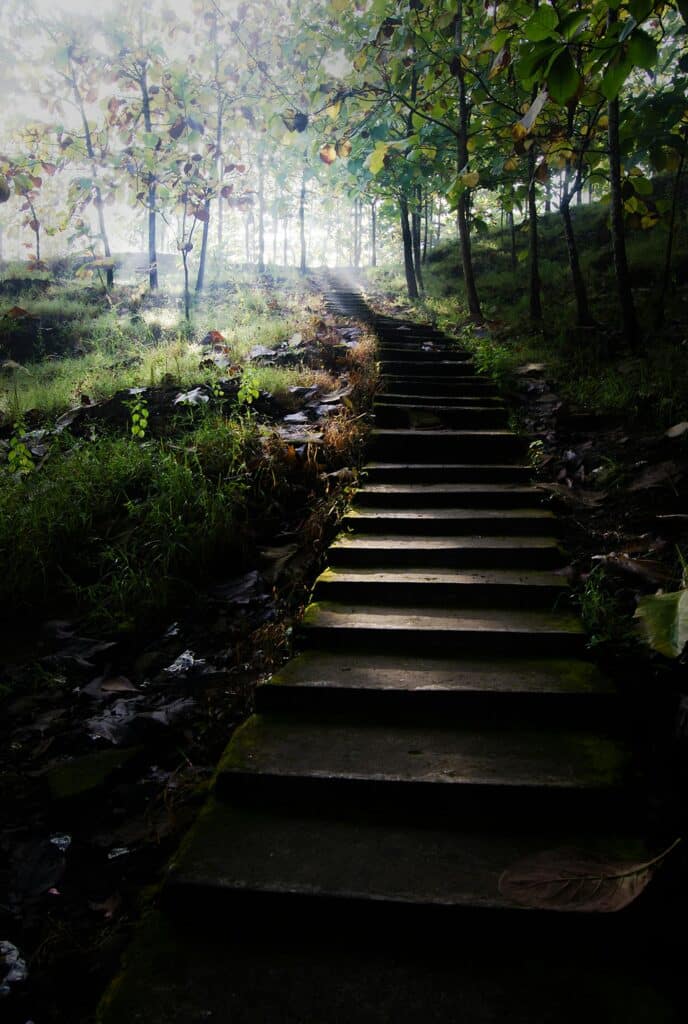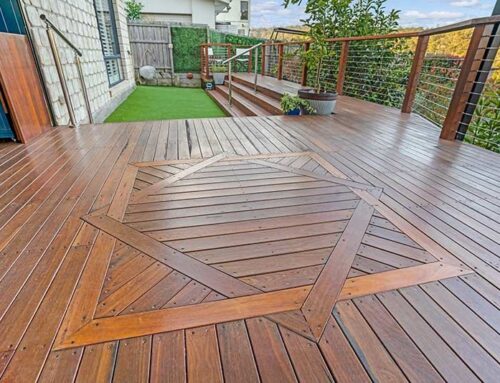Designing outdoor steps that are both functional and beautiful can transform your backyard into a luxury retreat. If you’re ready to love your outdoor space like never before, this guide will help you navigate through the essential considerations and options available to create the perfect stairway to outdoor heaven.
Safety First: Essential Considerations for Outdoor Step Design
Safety should always be a top priority when designing outdoor steps. Ensure your steps meet local building codes and regulations, which often specify dimensions, handrails, and lighting requirements. Key safety considerations include:
By addressing these safety aspects, you can create a stairway that is secure for all users.
Build to Last: Choosing Durable Materials for Your Steps
Selecting high-quality, durable materials for your outdoor steps ensures longevity and minimal maintenance. Common options include:
Each material has its pros and cons, so consider your specific needs and aesthetic preferences when making a choice.
Elevate Your Outdoor Space: Stylish Step Design Ideas
Incorporating stylish design elements can elevate the look of your outdoor steps. Consider these ideas:
These design ideas can add a unique touch to your outdoor space, making it both functional and visually appealing.
DIY or Hire a Pro: Cost and Complexity Factors
Deciding whether to build your own steps or hire a professional depends on several factors:
Hiring a professional can save you time and ensure a high-quality result, while DIY can be a cost-effective option if you have the skills and resources.
Step-by-Step Guide: Building Your Own Outdoor Steps

If you decide to tackle the project yourself, follow these steps for a successful build:
- 1
Plan and Measure: Determine the number of steps needed and their dimensions.
- 2
Prepare the Site: Clear and level the area where the steps will be built.
- 3
Build the Frame: Construct a sturdy frame using treated timber or other durable materials.
- 4
Install the Treads and Risers: Securely attach the treads and risers to the frame.
- 5
Add Finishing Touches: Apply non-slip treatments and install handrails if necessary.
By following these steps, you can create a beautiful and functional set of outdoor steps.
Low-Maintenance Luxury: Caring for Your Outdoor Steps
Maintaining your outdoor steps ensures they remain safe and attractive. Here are some tips:
Low-maintenance materials like composite and stone can reduce the time and effort needed for upkeep.
Illuminate the Way: Outdoor Step Lighting Solutions
Proper lighting enhances both the safety and aesthetics of your outdoor steps. Consider these options:
Effective lighting can transform your stairway into a striking nighttime feature.
Adapting to Terrain: Step Design for Hills and Slopes

Designing steps for sloped terrain requires careful planning. Here are some tips:
Adapting your steps to the terrain ensures they are both functional and visually cohesive with your outdoor environment.
Elevate Your Outdoor Living with Custom Steps
Creating functional and beautiful outdoor steps involves thoughtful planning, the use of high-quality materials, and a keen eye for design. Whether you choose to DIY or hire a professional, the result will be a stunning addition to your outdoor space. Ready to transform your backyard? Contact Advanced Decking & Patios for a custom design consultation and an obligation-free quote today!







Leave A Comment